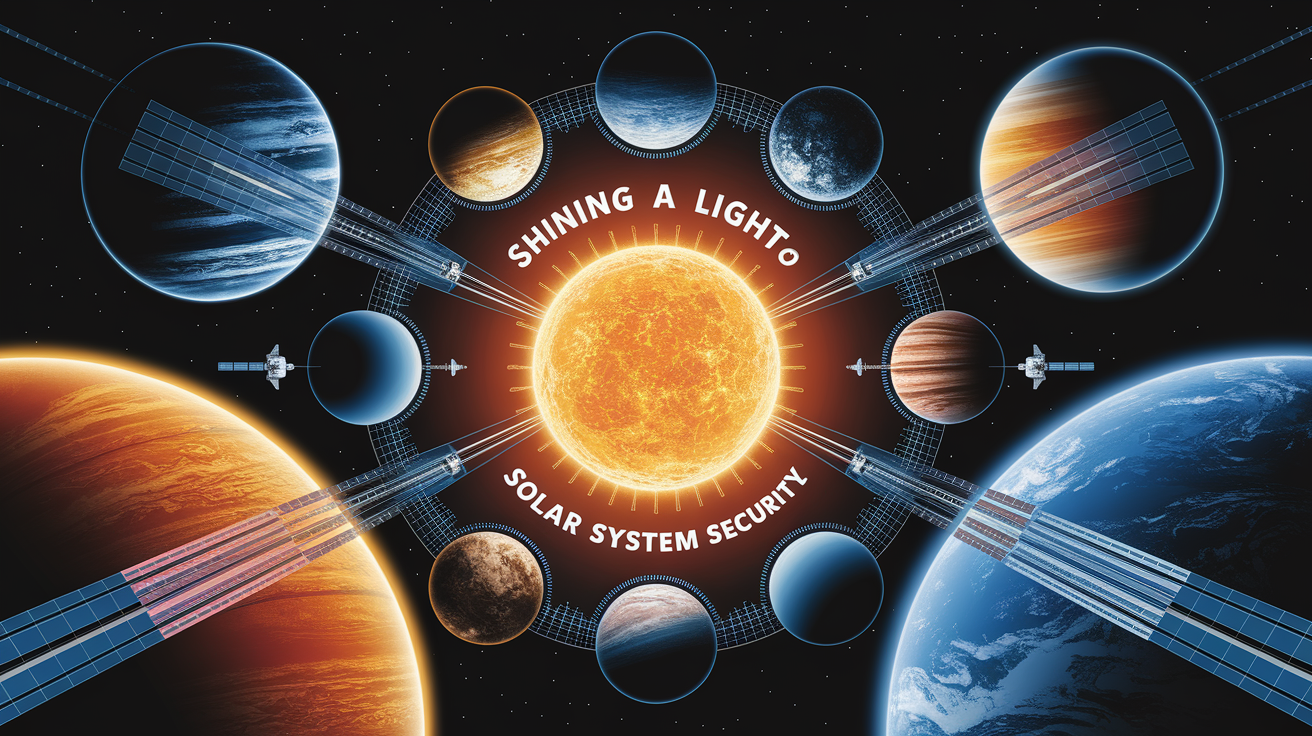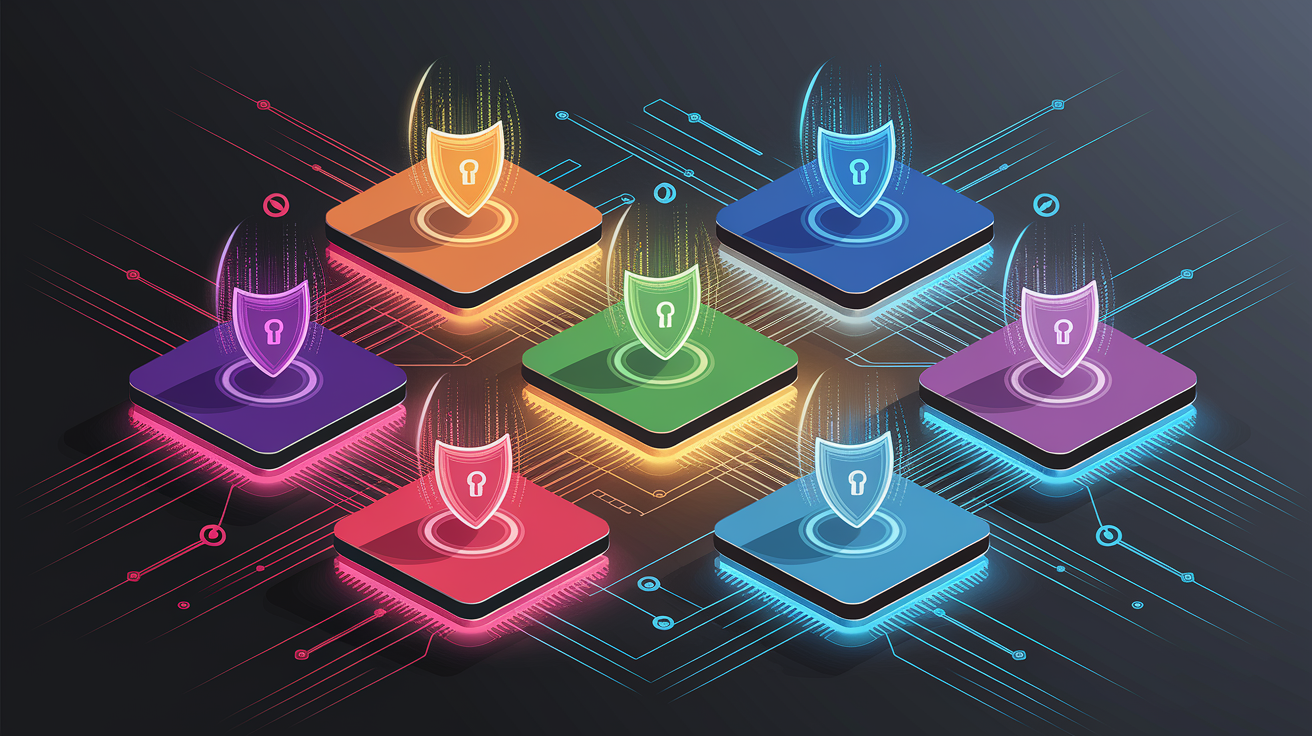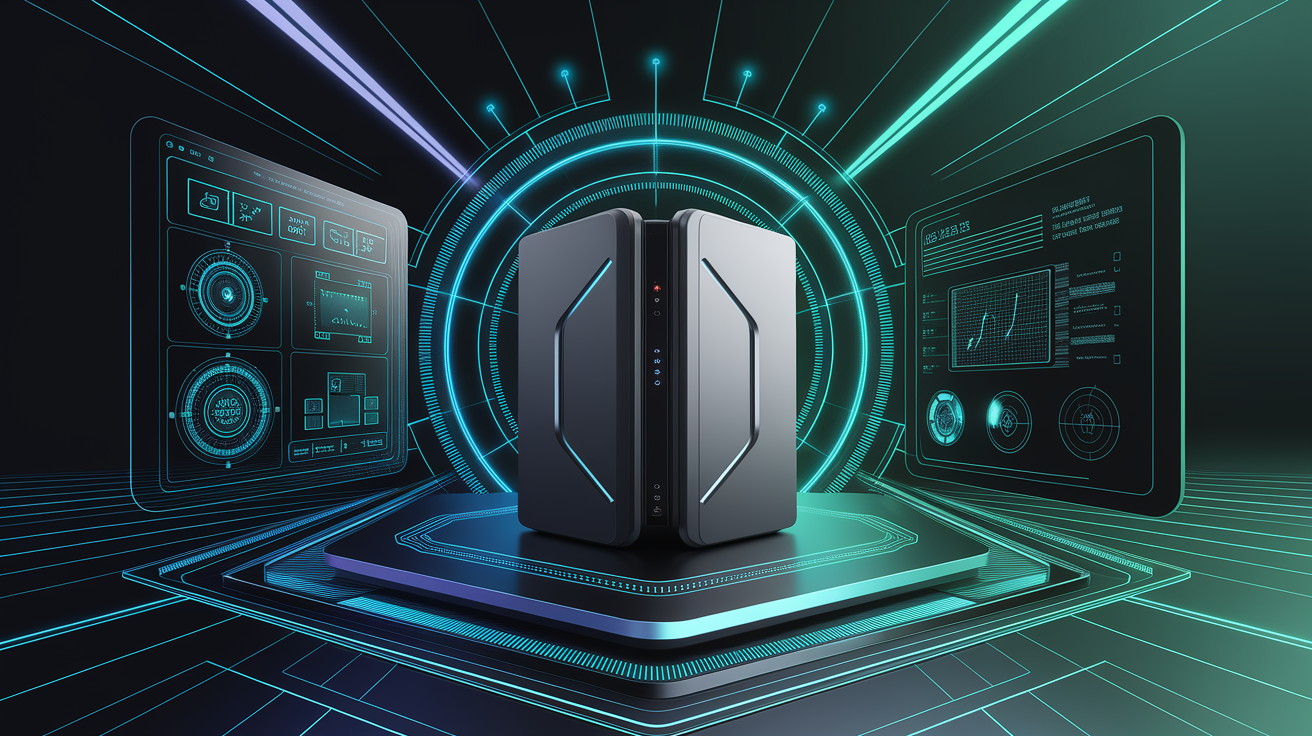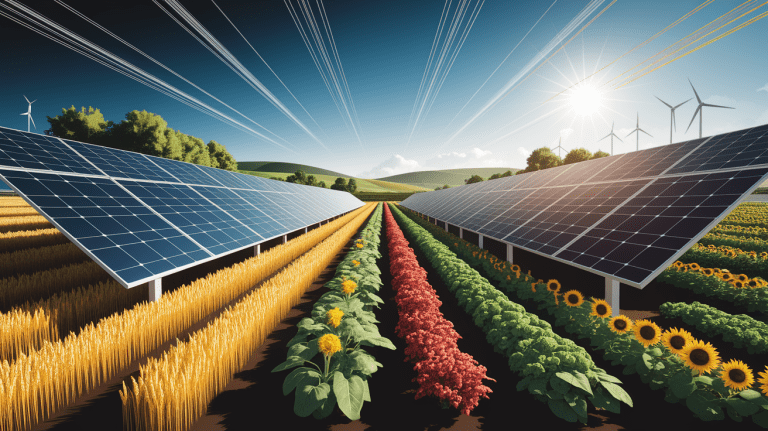Securing Your Solar Assets: Top Cybersecurity Best Practices
Shining a Light on Solar System Security
As solar power plants, photovoltaic systems, and energy storage facilities become increasingly connected to smart grids and internet-enabled monitoring platforms, the need for a robust cybersecurity framework has moved from optional to essential. Today’s renewable energy infrastructure incorporates smart inverters, SCADA systems, and a suite of IoT devices—each expanding the potential attack surface for cyber threats. The solar sector has already witnessed increased malicious activity, from inverter manipulation to targeted breaches in solar farm monitoring systems. According to industry analyses such as Guarding the Grid: Cybersecurity in Solar and Renewable Energy, unregulated distributed energy resources (DER) and insufficient protective investments leave many projects vulnerable to disruptions in energy delivery and grid stability.

Establishing a Strong Cybersecurity Foundation
The cornerstone of solar energy security lies in building a layered defense system that anticipates threats before they manifest. A strong foundation involves:

- Adopting formal energy cybersecurity standards for solar PV infrastructure to ensure compliance and resilience.
- Implementing secure device designs from procurement through deployment, reducing exploitable weaknesses in hardware and firmware.
- Performing comprehensive cybersecurity risk assessments that include penetration testing of solar panel networks and energy management systems to identify potential vulnerabilities.
- Integrating cybersecurity objectives into every stage of project planning—ensuring security considerations drive design decisions, not follow them.
Early adoption of DOE-led initiatives like the Securing Solar for the Grid (S2G) project can help asset owners align their systems with advanced maturity models and certification standards.
Network Segmentation and Access Control
Network segmentation limits potential damage by isolating critical systems from less secure networks. By separating solar inverter controls, SCADA networks, and business IT infrastructures, operators prevent hackers from lateral movement between systems. Best practices include:

- Deploying independent VLANs for grid-tied solar systems and monitoring networks.
- Restricting remote access to solar farm control systems and enforcing role-based permissions for all users.
- Utilizing multi-factor authentication (MFA) for elevated accounts with control capabilities over operational systems.
Industry recommendations from SolarPower Europe emphasize limiting remote access as a critical measure to reduce points of entry for attackers.
Device Hardening and Configuration Management
Smart inverters, industrial control systems, and IoT sensors must be hardened to withstand potential exploitation. Configuration management ensures devices operate within secure parameters over time. Effective strategies involve:

- Disabling unnecessary ports and services on solar inverters and communication modules.
- Applying manufacturer firmware updates promptly to patch known vulnerabilities.
- Implementing encryption protocols for data in transit between devices and control centers.
- Standardizing secure configuration templates across distributed energy resources to minimize variability and error.
According to analyses like Cybersecurity and Solar Power Vulnerability, device-level weaknesses can lead to operational disruptions or physical damage if left unaddressed.
Continuous Monitoring and Incident Response
Even hardened systems require constant vigilance. Continuous monitoring ensures timely detection of anomalies in solar monitoring system security, while a structured incident response plan enables quick recovery. Recommended actions include:
- Deploying centralized Security Information and Event Management (SIEM) platforms to aggregate and analyze logs from solar networks.
- Subscribing to energy sector threat intelligence feeds to track emerging exploit patterns.
- Establishing incident response protocols that define steps for containment, eradication, and recovery.
- Running regular simulation drills to assess response readiness across engineering and operations teams.
Recent assessments, such as those outlined in the 2025 Solar Risk Assessment, stress that operational downtime and recovery costs can be substantial when response strategies are inadequate.
Employee Training and Awareness
Human error remains a significant factor in cybersecurity incidents. Structured training programs elevate awareness and build operational habits that safeguard infrastructure:
- Conducting quarterly training on phishing detection, secure login practices, and proper handling of sensitive energy data.
- Establishing competency benchmarks for staff with access to operational system controls.
- Including contractors and temporary workers in mandatory security orientation to reduce insider risk.
State-led initiatives documented in Strategies and Tools for Addressing Solar Energy Cybersecurity show that education and awareness materially reduce the probability of successful social engineering attacks.
Vendor and Supply Chain Security
Supply chain vulnerabilities are increasingly exploited in renewable energy cyber attacks. Vendors supplying control systems, software platforms, or sensor equipment must meet security standards equal to the operator’s own. Core best practices include:
- Requiring cybersecurity certification from suppliers of DER devices and SCADA components.
- Assessing vendor security policies during procurement to ensure compliance with energy cybersecurity standards.
- Monitoring firmware and software updates for authenticity before deployment.
- Defining contractual penalties for breaches resulting from vendor negligence.
Recommendations from industry boards call for harmonizing standards across the supply chain to minimize weak links that attackers could exploit.
Securing Your Solar Future
Cyber threats to renewable energy infrastructure will continue to evolve alongside advancements in solar technology. While smart inverters, advanced analytics, and AI-driven energy optimization promise significant efficiency and sustainability gains, they bring new security responsibilities. Investing in a comprehensive solar cybersecurity framework—from network segmentation to rigorous supply chain vetting—fortifies assets against manipulation, data breaches, and operational shutdowns.
The actionable takeaway: treat cybersecurity as a core operational function equal in importance to maintenance and energy output. Embed security checkpoints at every stage, demand compliance from all stakeholders, and commit to continuous improvement. In doing so, solar operators and investors not only protect energy flow and grid stability but also safeguard the reputation and long-term viability of their renewable energy projects.







